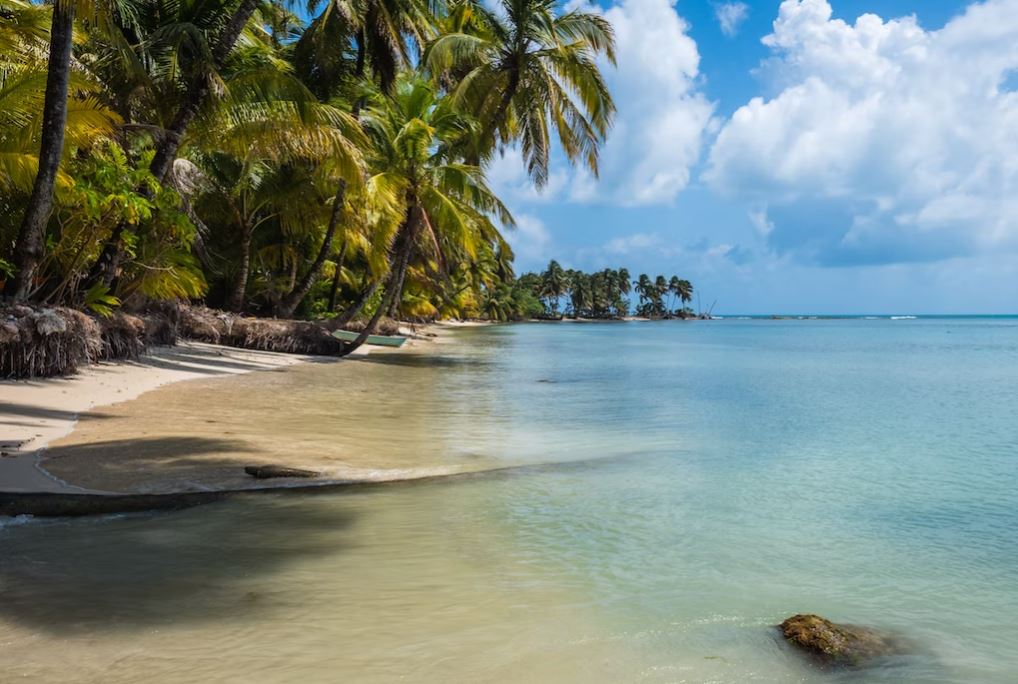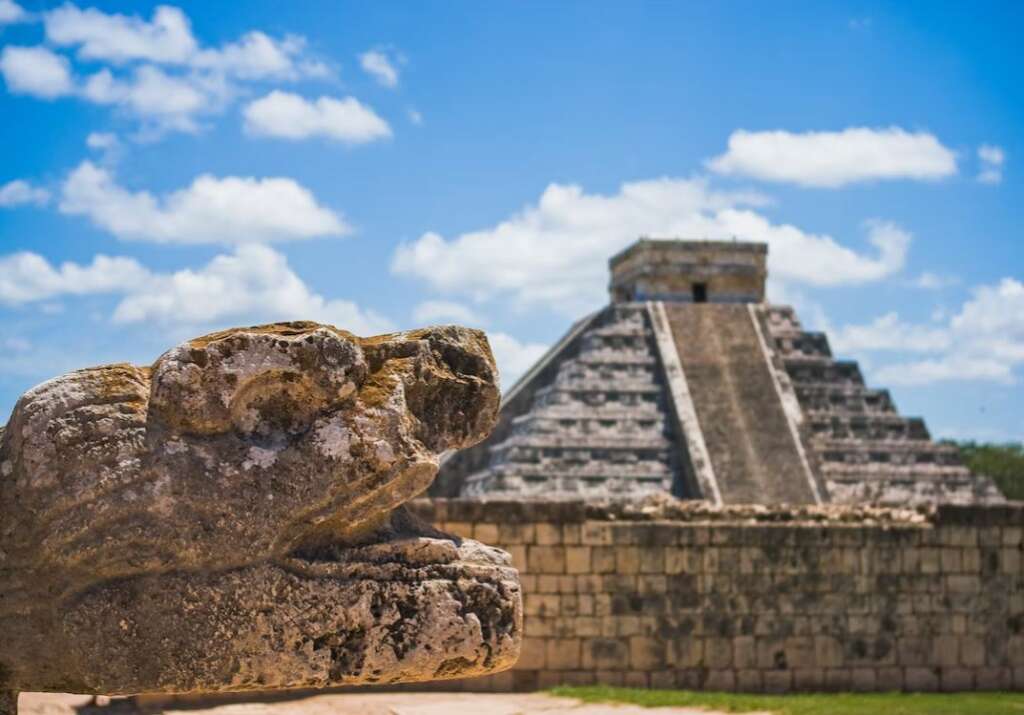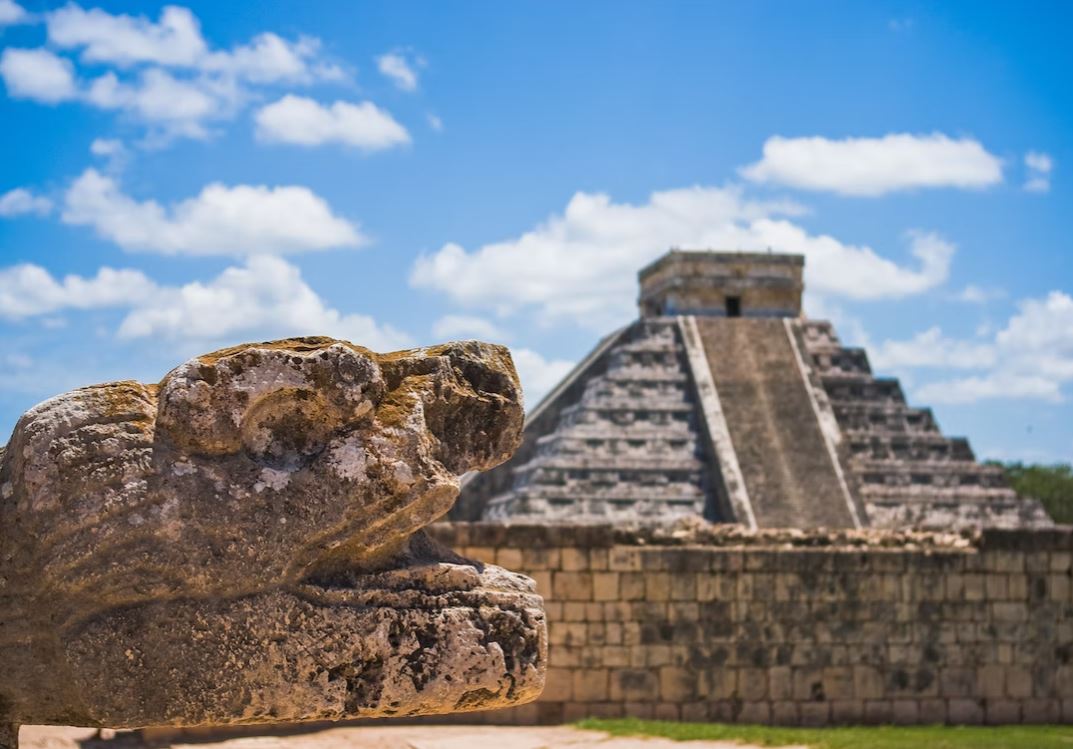5 reasons to be a TEFL teacher in Central America
There are countless reasons to be a TEFL teacher in Central America. Our task has been to whittle them down to the five that we think stand out from crowd; the reasons that are most likely to stoke your wanderlust and get you seriously looking to this tamale-sizzling, surf-soaked region for your next career move. From the shimmering beaches to the verdant rainforests, there’s loads to get through…
Nature is EVERYWHERE

There’s one upcoming TEFL destination in Central America that really stands out from the crowd when it comes to nature: Costa Rica. Hailed as the most biodiverse country on the planet, it’s covered in more national reserves and parks than you can shake your bird spotting binoculars at. Teachers here can whiz out of San Jose come the weekend to hike misty cloud forests to see toucans and swinging sloths. There are also primeval jungles laden with howler monkeys, and smoking volcanoes that soar above the coffee farms. Of course, Costa Rica isn’t the only place – Panama has Robinson Crusoe islands to offer, while Guatemala brims with rainforests and waterfalls and more.
The climate

There are two main seasons in these parts: The dry season and the wet season. Most tourists time their visit for the dry season, when it’s prime beach weather and there’s less rain. However, being a TEFL teacher in Central America means you’ll probably get to experience the soggier period between May and August, too. Don’t go thinking it’s all rain, rain, and more rain. It’s not. In fact, the wet season is also known as the green season in some countries, because it’s the prime time to witness the old-growth rainforests at their lushest. It’s also the top time for wildlife viewing (see above!).
The coastline

Just one glimpse at the map should be enough to reveal that Central America is a region seriously rich in shoreline. Most notably, it spans two seas – the Pacific Ocean in the west and the Caribbean in the east. Take your pick. The west hosts long, cinnamon-tinged wisps of sand that are home to some of the best surf on the planet, from Tamarindo in Costa Rica to San Juan del Sur in Nicaragua. The east is about palm-shaded white sands and lagoons that teem with tropical fish.
The food

Central America might not get the same plaudits as Southeast Asia or Europe when it comes to food, but we think you’ll be pleasantly surprised by what’s on the menus in these parts. A mix of ancient pre-Columbian cooking and Spanish pizzazz, it’s all about bringing chocolate and spice to earthy plates of beans and wheat. You’ll munch on gallo pinto rice dishes in Costa Rica and sample deep-fried tostadas in Guatemala. There’s fresh fish by the bucket load in Nica. There are Caribbean gumbos and jambalayas to sample on the isles of Belize. Mouth. Is. Watering.
It’s a real upcoming TEFL region

Last but most certainly not least is the fact that Central America is one of the most upcoming TEFL regions on the globe. There are growing cohorts of English speakers in virtually ALL the countries that constitute the area, and a new focus on globalizing the economies of everywhere from Panama to El Salvador. That’s driving a bigger and bigger demand for both native- and non-native English teachers with the relevant TEFL certificates (usually a 120-hour course) and means salaries are now also pretty decent (expect something like $800 to begin with).
If you can think of any more reasons that would-be TEFL teachers should consider Central America, be sure to drop your thoughts in the comments below. Alternatively, if you’re keen to get qualified and teaching here, check out our courses page or various internships right now.

